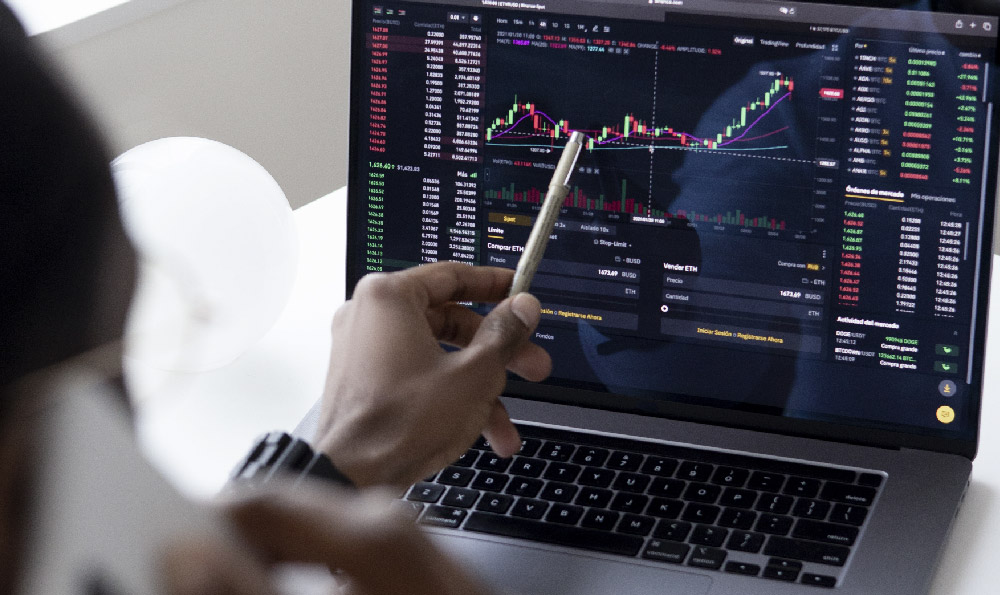Investing in Gold in India: Where to Start, and Is It Right for You?
Investing in gold has been a cultural cornerstone and a financial strategy in India for centuries. From auspicious wedding gifts to a perceived safe haven during economic uncertainty, gold holds a significant place in the Indian psyche. However, before diving headfirst into acquiring this precious metal, understanding the nuances of the Indian gold market and your own financial circumstances is crucial. This guide aims to provide a comprehensive overview, helping you navigate the complexities of investing in gold in India and determine if it's the right choice for you.
The allure of gold in India is deeply rooted in tradition and practicality. Historically, it has served as a store of value, particularly in rural areas where access to formal banking systems was limited. Gold jewelry, passed down through generations, represents both wealth and security. Beyond its cultural significance, gold is often viewed as a hedge against inflation and currency devaluation, offering a tangible asset that can maintain its value during economic turmoil. This perceived stability is a major draw for Indian investors, who often seek to diversify their portfolios and protect their savings from market volatility.
So, where does one begin the journey of investing in gold in India? The options are surprisingly varied, each with its own advantages and disadvantages. Physical gold, in the form of jewelry, coins, or bars, remains the most traditional choice. Jewelry, while aesthetically pleasing and culturally significant, often comes with making charges and potential purity concerns. Gold coins and bars, typically available from banks and authorized dealers, are a more straightforward way to invest in physical gold, ensuring purity and ease of storage. However, storage costs, insurance, and the risk of theft are inherent drawbacks of owning physical gold.

Beyond physical gold, several alternative investment avenues have emerged, offering greater convenience and potentially higher returns. Gold Exchange Traded Funds (ETFs) are popular among investors seeking to mirror the price movements of gold without the hassle of physical ownership. These ETFs are traded on stock exchanges, offering liquidity and transparency. Each unit of a gold ETF represents a specific quantity of gold, typically one gram, and is backed by physical gold held by the fund. The expense ratios associated with gold ETFs are generally low, making them a cost-effective option for investors.
Another option is Sovereign Gold Bonds (SGBs), issued by the Reserve Bank of India (RBI) on behalf of the Government of India. These bonds are denominated in grams of gold and offer a fixed interest rate, typically 2.5% per annum, payable semi-annually. SGBs have a tenure of eight years, with an option to exit after five years. One of the significant advantages of SGBs is the exemption from capital gains tax if held until maturity. Moreover, they are held in dematerialized form, eliminating the risks and costs associated with storing physical gold. The interest earned on SGBs is, however, taxable.
Gold Mutual Funds offer another route to invest in gold without directly holding the physical asset. These funds invest in gold mining companies or other gold-related businesses, or they may invest in gold ETFs. Gold mutual funds provide diversification and professional management, but they also come with higher expense ratios compared to gold ETFs.
Choosing the right investment avenue depends on individual preferences, risk tolerance, and financial goals. For those seeking a tangible asset with cultural significance, physical gold, particularly coins and bars, might be the preferred choice. However, the associated storage costs and security concerns need to be carefully considered. For investors prioritizing convenience, liquidity, and lower costs, gold ETFs and SGBs offer compelling alternatives. Gold mutual funds can be suitable for investors seeking diversification and professional management.
Now, the critical question: Is investing in gold right for you? The answer is not a simple yes or no. It depends on your individual circumstances and investment strategy. Gold can be a valuable addition to a well-diversified portfolio, acting as a hedge against inflation, currency devaluation, and economic uncertainty. However, it's essential to understand that gold is not a guaranteed path to wealth. Its price can fluctuate significantly based on global economic conditions, geopolitical events, and investor sentiment.
Before investing in gold, assess your risk tolerance and financial goals. If you are a risk-averse investor seeking long-term capital preservation, allocating a portion of your portfolio to gold may be a prudent strategy. However, if you are seeking high returns and are comfortable with greater risk, you may want to consider other investment options with higher growth potential.
It's crucial to remember that gold should not be the sole component of your investment portfolio. Diversification is key to mitigating risk and maximizing returns. Consider investing in a mix of asset classes, including stocks, bonds, real estate, and other commodities, to create a well-balanced portfolio that aligns with your financial goals and risk tolerance.
Finally, research thoroughly before making any investment decisions. Consult with a financial advisor who can provide personalized guidance based on your specific circumstances. Stay informed about market trends and economic developments that may impact the price of gold. By understanding the intricacies of the gold market and carefully assessing your own financial situation, you can make informed decisions about whether or not investing in gold is the right choice for you. Don't get caught up in hype or tradition without doing your due diligence. Responsible investing in gold, like any other asset, requires careful planning and a long-term perspective.















